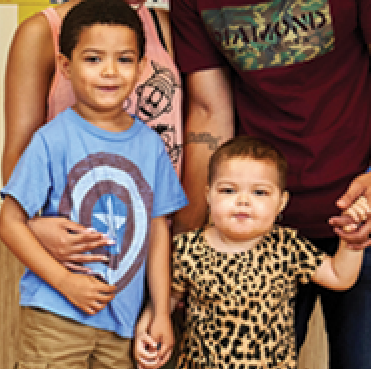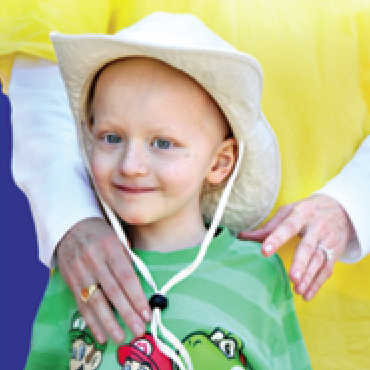 Sickle cell is a preventable genetic disorder. In the U.S., it almost exclusively affects African-Americans. It is usually diagnosed in the first year of life and rarely curable. Regardless of regular medication and lifestyle adjustments, such as minimal exposure to cold weather, the disease causes excruciating, unrelenting pain for which morphine and other medications must be administered—even in the youngest children. This happens because the body produces abnormal, sickle-shaped blood cells that clog the flow of blood.
Sickle cell is a preventable genetic disorder. In the U.S., it almost exclusively affects African-Americans. It is usually diagnosed in the first year of life and rarely curable. Regardless of regular medication and lifestyle adjustments, such as minimal exposure to cold weather, the disease causes excruciating, unrelenting pain for which morphine and other medications must be administered—even in the youngest children. This happens because the body produces abnormal, sickle-shaped blood cells that clog the flow of blood.
What is sickle cell?
Sickle cell is an inherited disease. It is not contagious, and a person who is born with sickle disease cannot “grow out of it.” Although most people think of sickle cell as a disease that strikes African-Americans exclusively, it also affects a small percentage of people of Hispanic, Latin American, Indian, and Mediterranean descent, where it can appear as a related disease called thalassemia. The State Department of Health now tests all newborns in New Jersey for these diseases. To have the disease, both sets of parents must pass down sickle cell genes. There is a 25% chance if both parents carry the Sickle Cell Trait that it will be passed on to the child. People who have SCT inherit one sickle cell gene from one parent and one normal gene from the other parent. People with SCT usually do not have any signs of the disease and live a normal life, but they can pass the trait on to their children;
In patients with sickle cell disease, blood cells mutate from the normal, round shape into cells shaped like sickles or crescent moons, in a process know as "sickling." These sickled cells become stuck in blood vessels. The result is blocked blood flow and severe pain, as well as damage to organs, muscles, and bones.
What happens to children with sickle cell?
 Sickle Cell Disease is the most common genetic disorder in the United States; and, an estimated 100,000 people live with Sickle Cell Disease in the United States. Most children with SCD feel and look fine most of the time. When they do have medical problems, they can become sick very quickly and with little warning. Early recognition and treatment are extremely important because babies with sickle disease are at risk of developing life-threatening infections and other health crises.
Sickle Cell Disease is the most common genetic disorder in the United States; and, an estimated 100,000 people live with Sickle Cell Disease in the United States. Most children with SCD feel and look fine most of the time. When they do have medical problems, they can become sick very quickly and with little warning. Early recognition and treatment are extremely important because babies with sickle disease are at risk of developing life-threatening infections and other health crises.
The complications of sickle cell disease—both the painful and the life-threatening—cannot reliably be fully prevented. Even children who “follow all of the rules” about dressing warmly, drinking plenty of fluids, and not over-exerting themselves may still suddenly develop excruciating pain crises, acute chest syndrome, or strokes. Most of the medical care involves treating or—preferably—preventing flare-ups. This means that one of the most important aspects of caring for these children is educating families about the illness and how to prevent crises. Sickle cell requires continuous medical monitoring and treatment beginning at infancy in order to reduce the risk of stroke, organ damage, complications from childhood illnesses and even death. Many sickle cell children need transfusions to prevent stroke and reduce pain, but will only find matches from donors with the same ethnic background. (Even minor strokes in children can lead to learning disabilities.)
SICKLE CELL FACTS IN BRIEF
-
Sickle cell disease is transmitted only when both parents carry the sickle cell trait that can only be determined through testing.
-
Sickle cell is most common in people of African descent but can strike other ethnic groups.
-
Every child born to two parents who carry the sickle cell blood trait has a 25% chance of inheriting the disease.
-
More than 70,000 people have sickle cell disease in the US.
-
1 in 400-500 African Americans has sickle cell disease
-
1 in 12 African Americans has sickle cell trait
-
1 in 1,000 to 1,400 Hispanic Americans has sickle cell disease
STATISTICAL DATA courtesy of Centers for Disease Control and Prevention (CDC), the Sickle Cell Disease Association of America (SCDAA) and the NY Times









